
The Crambidae are the grass moth family of lepidopterans. They are variable in appearance, the nominal subfamily Crambinae taking up closely folded postures on grass stems where they are inconspicuous, while other subfamilies include brightly coloured and patterned insects which rest in wing-spread attitudes.
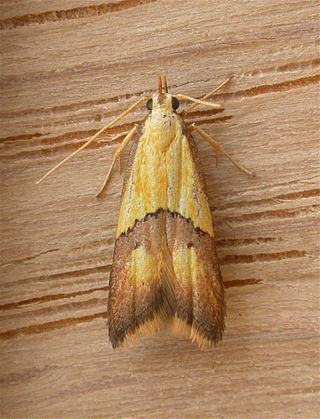
The Lecithoceridae, or long-horned moths, are a family of small moths described by Simon Le Marchand in 1947. Although lecithocerids are found throughout the world, the great majority are found in the Indomalayan realm and the southern part of the Palaearctic realm.

The Pyralinae are the typical subfamily of snout moths and occur essentially worldwide, in some cases aided by involuntary introduction by humans. They are rather rare in the Americas however, and their diversity in the Australian region is also limited. Altogether, this subfamily includes about 900 described species, but new ones continue to be discovered. Like many of their relatives in the superfamily Pyraloidea, the caterpillar larvae of many Pyralinae – and in some cases even the adults – have evolved the ability to use unusual foods for nutrition; a few of these can become harmful to humans as pests of stored goods.

Crambinae is a large subfamily of the lepidopteran family Crambidae, the crambid snout moths. It currently includes over 1,800 species worldwide. The larvae are root feeders or stem borers, mostly on grasses. A few species are pests of sod grasses, maize, sugar cane, rice, and other Poaceae. The monophyly of this group is supported by the structure of the tympanal organs and the phallus attached medially to the juxta, as well as genetic analyses.
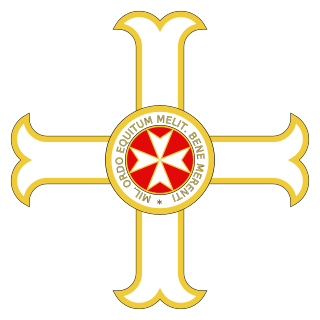
The Order pro Merito Melitensi is the order of merit of the Sovereign Military Order of Malta, established in 1920. It is awarded to recipients who have brought honour to the Sovereign Military Order of Malta, promoted Christian values and for charity as defined by the Roman Catholic Church. Unlike Knights or Dames of the Order of Malta, those decorated with the Order pro Merito Melitensi are not invested in a religious ceremony, do not swear any oath or make any religious commitment. It may therefore be bestowed upon non-Catholics. Conferees include prominent statesmen, such as Presidents Ronald Reagan, who received it while still in office, and George H. W. Bush.
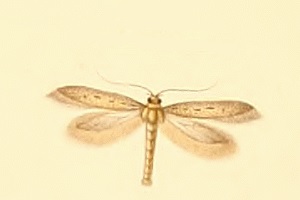
Epidola is a genus of moths in the family Gelechiidae.

Stomopteryx is a genus of moths in the family Gelechiidae.

Metasia is a genus of moths of the family Crambidae.

Phostria is a genus of moths of the family Crambidae.

Agdistis is a genus of moths in the family Pterophoridae described by Jacob Hübner in 1825. It is the only genus in the Agdistinae subfamily which was described by J. W. Tutt in 1907.

The Chrysauginae are a subfamily of snout moths. They are primarily Neotropical and include about 400 described species.
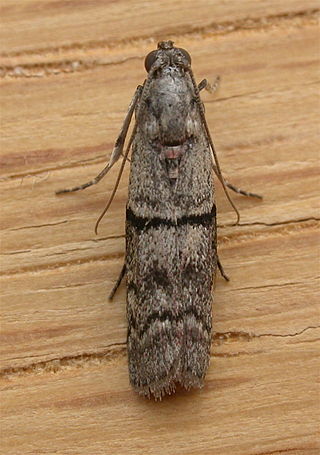
The Phycitini are a tribe of moths of the family Pyralidae.

The Anerastiini are a tribe of moths of the family Pyralidae.

Symmoca is a genus of moths in the family Autostichidae.
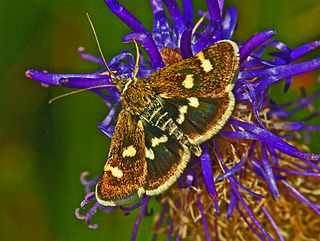
Odontiinae is a subfamily of moths of the family Crambidae. The subfamily was described by Achille Guenée in 1854.
The following is a comprehensive list of orders, decorations, and medals bestowed by the Sovereign Military Order of Malta, both in the present-day and historically.

Anacampsinae is a subfamily of moths in the family Gelechiidae.
Epidola semitica is a moth of the family Gelechiidae. It was described by Hans Georg Amsel in 1942. It is found in Palestine.

Margaroniini is a tribe of the species-rich subfamily Spilomelinae in the pyraloid moth family Crambidae. The tribe was erected by Charles Swinhoe and Everard Charles Cotes in 1889.















